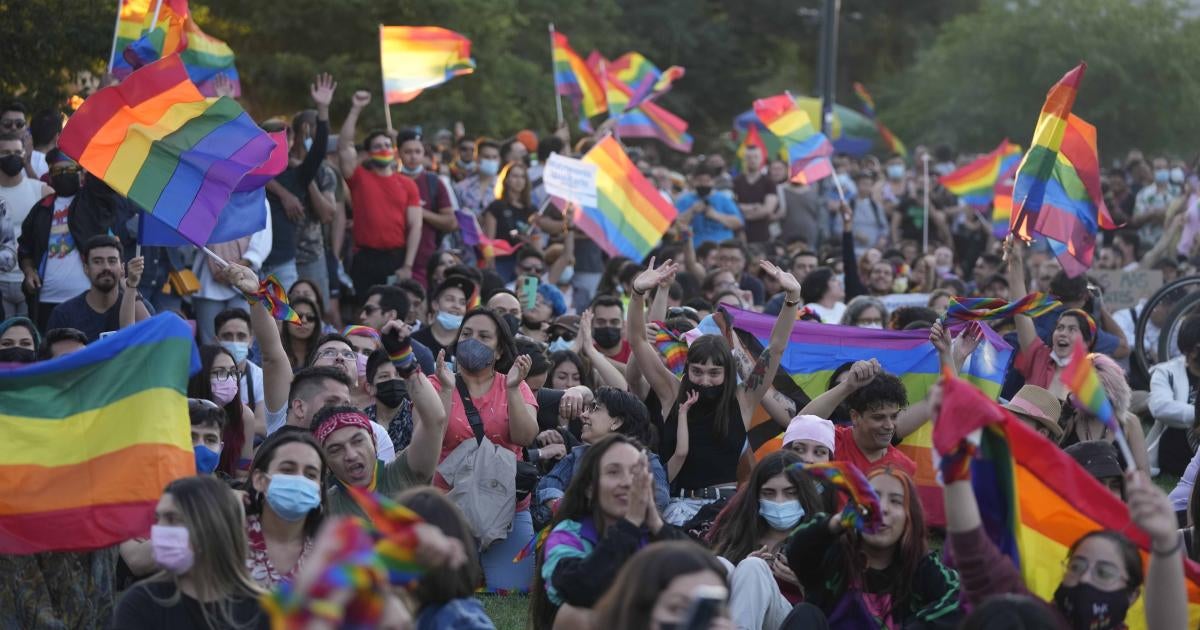- A UK Member of Parliament has called for a formal probe into medical research on Indian and South Asian women in Coventry.
- To see if it heals anaemia, women of Indian heritage were fed Chapatis containing a radioactive isotope of iron, Iron-59.

The Chapati Study of 1969
- The study, which took conducted in 1969, featured about 21 Indian-origin women from Coventry.
- As part of an effort to cure widespread anaemia, these women were fed chapatis containing a radioactive isotope of iron, Iron-59.
- Because of the insolubility of iron in flour, the UK’s Medical Research Council (MRC) stated that the study highlighted the need for greater iron consumption among Asian women.
Considerations for Ethical Behaviour
- The 1995 release of the documentary “Deadly Experiments” raised attention to the use of radioactive chemicals in research in the United Kingdom and the United States during the 1950s and 1960s.
- Women were uninformed of the experiment’s goal, and chapatis were supplied with no explanation of their contents.
- In reaction to popular outrage following the documentary’s release, an independent Committee of Inquiry was formed.
Principles violated in the experiment:
- Informed consent
- Participant-centeredness and
- Transparent engagement
Reflections on Previous Practises
- Researchers made decisions on benefits and expenses without considering the well-being of participants.
- The study’s design reflected the time’s prevalent “paternalistic nature of science” and societal beliefs.
- The research recommended providing study materials in the languages of participants and resolving issues with informed consent.
- Many years later, determining informed consent remains a serious difficulty.
- The MRC no longer had the participation list, and public requests for participants were futile.
Recognising Radioactive Isotopes
- Radioactive isotopes are unstable elements that produce radiation as they decay into stable forms.
- Excess energy in unstable nuclei is released as radiation in the form of waves or particles.
- Radiation exposure has different long-term health impacts depending on the type and amount of radiation.
Current Consequences
- A member of parliament emphasised the MRC’s unfulfilled proposal to find and engage women participants.
- Participant identification would have allowed them to share their experiences, receive assistance, and learn from the trial.
- The MRC reaffirmed its commitment to participation, transparency, and the highest scientific standards.
Conclusion
- The study emphasises ethical issues in historical medical research.
- Reflecting on historical practises helps to inform current and future medical research efforts.
Source: https://indianexpress.com/article/explained/explained-global/radioactive-chapatis-why-a-uk-mp-has-raised-concern-over-a-1969-experiment-on-south-asian-women-8915925/#:~:text=Taiwo%20Owatemi%2C%20the%20Labour%20MP,Asian%20women%20in%20the%20city.


